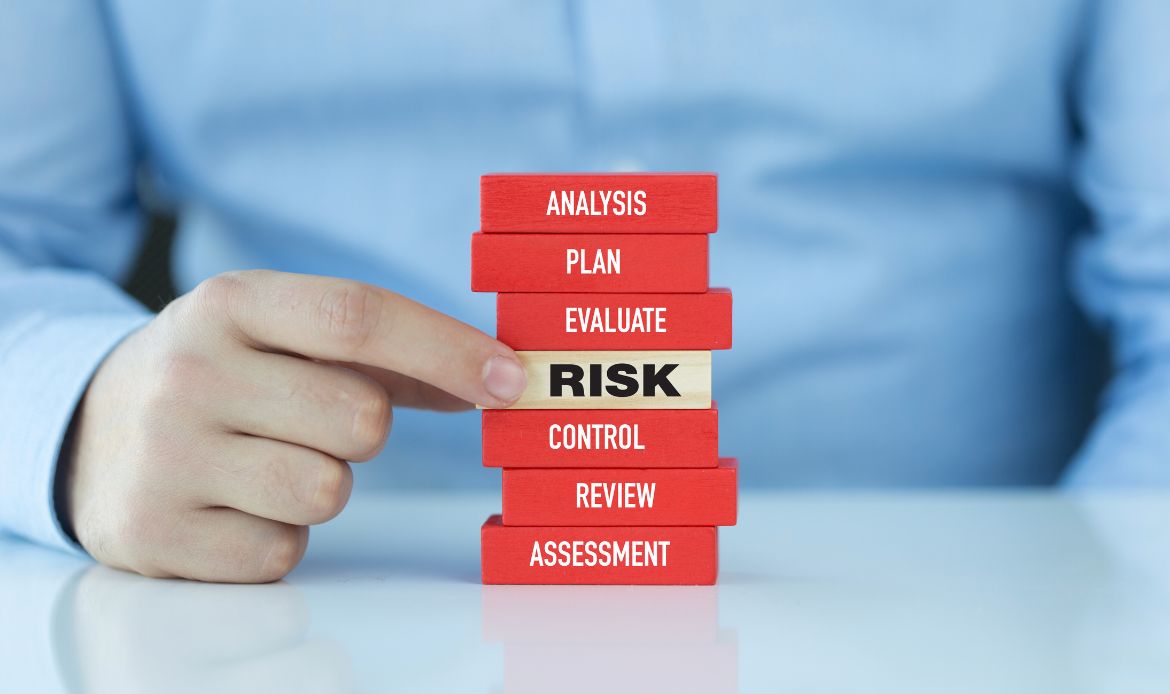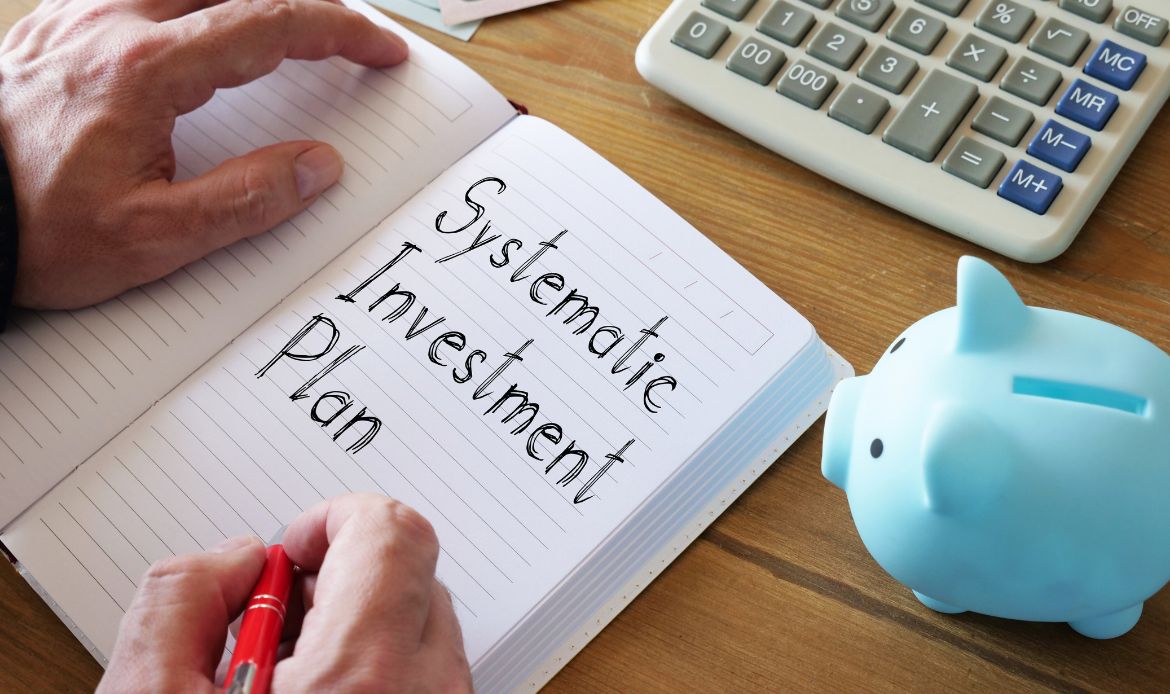When it comes to managing your investments, one of the most critical factors to consider is your risk appetite. This refers to the amount of risk you are willing to take on to achieve your investment goals. Whether you’re new to investing or have been building a portfolio for years, understanding and defining your risk appetite is essential for developing a portfolio that aligns with your financial objectives, time horizon, and emotional comfort with market fluctuations.
In this blog, we will explore what risk appetite is, how it influences portfolio management, and why it is vital to consider when making investment decisions. We will also provide practical insights into assessing your risk tolerance and constructing a portfolio that balances your financial needs and emotional capacity for risk.
What is Risk Appetite?
Risk appetite refers to the level of risk an investor is willing to take in order to achieve their investment goals. This is a personal characteristic that can vary greatly between individuals. Some people are comfortable with high-risk investments that offer high returns, while others prefer lower-risk, more stable investments that provide steady, though modest, returns.
Your risk appetite is influenced by several factors, including:
- Age and Investment Horizon: Younger investors with a longer time horizon may have a higher risk appetite because they have more time to recover from market fluctuations. Older investors, on the other hand, may prefer less risky investments as they near retirement.
- Financial Goals: Your investment objectives, whether it’s saving for retirement, funding a child’s education, or buying a home, will impact how much risk you are willing to take on.
- Income and Financial Situation: Investors with more disposable income or assets may be more comfortable taking on higher risk compared to those with limited financial resources.
- Emotional Tolerance: Some investors can tolerate the stress and uncertainty that comes with market volatility, while others might feel uneasy during market downturns.
Understanding your risk appetite is a crucial first step in crafting an investment strategy that suits your personal circumstances. It ensures that your portfolio is aligned with your ability to endure market fluctuations and the potential for loss, while still working toward achieving your goals.
The Role of Risk Appetite in Portfolio Management
In portfolio management, risk appetite plays a fundamental role in determining the right asset allocation. Asset allocation refers to how you divide your investments across different asset classes, such as stocks, bonds, real estate, and commodities. The allocation is directly linked to your risk appetite, as different asset classes have varying levels of risk and return potential.
For example:
- Equities (Stocks) are generally considered high-risk investments, but they offer higher return potential over the long term.
- Bonds are typically lower-risk investments, but they also provide more modest returns.
- Cash or money market instruments are the least risky, but they often generate the lowest returns.
A portfolio that is overly focused on equities might suit someone with a high risk appetite, while an investor with a low risk appetite might prefer a higher allocation to bonds or cash equivalents. The goal is to build a diversified portfolio that maximizes returns within the investor’s comfort level.
Assessing Your Risk Appetite
Before diving into investment strategies, it’s crucial to assess your risk appetite. This process involves understanding both your financial situation and your emotional capacity to handle market fluctuations. There are several ways to gauge your risk tolerance:
1. Self-Assessment
Start by asking yourself some fundamental questions:
- What is my time horizon? Am I investing for retirement in 30 years, or do I need access to my funds in the short term?
- How would I feel if the value of my portfolio dropped by 20% in a market downturn?
- What is my financial situation, and how much can I afford to lose in the short term without jeopardizing my financial goals?
By answering these questions, you can start to get a sense of how much risk you’re comfortable taking.
2. Risk Tolerance Questionnaires
Many financial advisors and investment platforms use risk tolerance questionnaires to assess your risk appetite. These questionnaires typically include questions about your investment goals, time horizon, financial situation, and emotional responses to market fluctuations. Based on your answers, you’ll receive a risk profile that categorizes you into one of several risk tolerance levels (e.g., conservative, moderate, or aggressive).
3. Historical Reflection
Looking back at past investment experiences can also help you understand your risk tolerance. How did you react to previous market downturns or periods of volatility? Were you able to stay calm, or did you panic and sell your investments? Reflecting on your past behavior during market ups and downs will give you a better idea of your emotional response to risk.
Different Types of Risk Appetite
Once you’ve assessed your risk appetite, it’s helpful to categorize it into one of three main types. These categories guide investors in choosing the right portfolio mix.
1. Conservative Risk Appetite
Investors with a conservative risk appetite prioritize the preservation of capital over high returns. These investors tend to avoid high-risk assets such as stocks and prefer low-risk investments like bonds, certificates of deposit (CDs), and money market funds. Conservative investors are typically more concerned about protecting their wealth than achieving substantial growth.
Characteristics of conservative investors:
- Prefer a stable, predictable return
- Are willing to accept lower returns for less volatility
- Typically have a shorter investment horizon or are approaching retirement
2. Moderate Risk Appetite
Moderate investors seek a balanced approach. They are comfortable with some level of risk but still prioritize stability. A moderate risk appetite usually means a balanced allocation between stocks and bonds, allowing for potential growth while keeping risk within a manageable level.
Characteristics of moderate investors:
- Want to achieve moderate growth over time
- Are comfortable with moderate levels of market volatility
- Often have a medium-term investment horizon
3. Aggressive Risk Appetite
Aggressive investors are willing to take on higher levels of risk in exchange for the potential of high returns. These investors typically allocate a large portion of their portfolio to equities (stocks), which can fluctuate significantly in value but offer the possibility of higher long-term returns.
Characteristics of aggressive investors:
- Focus on high growth, even if it means significant risk
- Can tolerate higher levels of market volatility
- Typically have a long-term investment horizon and may be younger or financially secure enough to absorb short-term losses
How to Build a Portfolio Based on Your Risk Appetite
Once you’ve determined your risk appetite, the next step is to build a portfolio that aligns with your comfort level. Here’s how to approach it based on the three types of risk tolerance:
For Conservative Investors
- Asset Allocation: A typical conservative portfolio might consist of 60% bonds and 40% stocks or cash equivalents. This mix prioritizes income and capital preservation over aggressive growth.
- Investment Vehicles: Bonds, dividend-paying stocks, real estate, and other low-risk securities are ideal for conservative investors.
For Moderate Investors
- Asset Allocation: A moderate portfolio might have a 60% to 70% stock allocation and 30% to 40% bonds or fixed-income investments. This strikes a balance between growth and stability.
- Investment Vehicles: Index funds, diversified mutual funds, balanced funds, and a mix of bonds and equities are commonly used.
For Aggressive Investors
- Asset Allocation: Aggressive investors typically allocate 80% or more to stocks, with the rest in bonds or other assets.
- Investment Vehicles: Individual stocks, high-growth sectors, sector-focused ETFs, and other equities with higher growth potential are ideal for aggressive investors.
The Importance of Rebalancing Your Portfolio
Once you’ve constructed your portfolio based on your risk appetite, it’s essential to monitor and periodically rebalance it. Over time, the value of your investments will fluctuate, and certain assets may make up a larger portion of your portfolio than originally intended. Rebalancing ensures that your portfolio stays aligned with your desired asset allocation and risk tolerance.
Conclusion
Understanding your risk appetite is critical to building an investment portfolio that works for you. By taking the time to assess your risk tolerance and understanding the impact it has on your asset allocation, you can create a strategy that helps you achieve your financial goals while staying comfortable with market volatility.
At Finora Wealth, we specialize in helping investors navigate the complexities of portfolio management. Whether you’re a conservative, moderate, or aggressive investor, our team can guide you in selecting the right investments to suit your needs and help you build a diversified portfolio that aligns with your risk appetite. Let us help you make informed decisions about your financial future!







